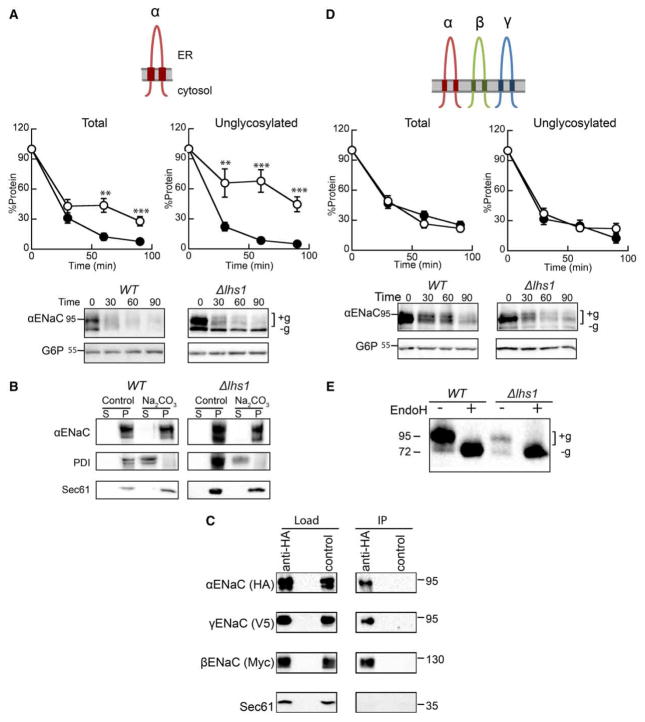Figure 2. Expression of the three ENaC subunits eliminates Lhs1-targeted ERAD.
Cycloheximide chase reactions were performed as described in Experimental Procedures using WT (filled circles) and Δlhs1 (open circles) yeast strains transformed with plasmids engineered for the expression of either (A) αENaC-HA or (D) αENaC-HA, βENaC-13myc and γENaC-V5 simultaneously. Chase reactions were performed with cells shifted to 37°C, and lysates were resolved by SDS–PAGE and proteins were immunoblotted with anti-HA antisera (αENaC) and with anti-G6P as a loading control. βENaC and γENaC expression and degradation were confirmed, and the levels of degradation mirrored the levels when expressed alone and showed no Lhs1 dependence (data not shown). Glycosylated (+g) and unglycosylated (−g) species are indicated. Data represent the mean of 6–9 experiments, ±SEM. **P < 0.01, ***P ≤ 0.0001. (B) Cellular membranes from WT or Δlhs1 yeast expressing αENaC-HA were treated with Na2CO3 or buffer (control) and subjected to centrifugation analysis. Pellet and supernatant fractions were obtained and immunoblotted for ENaC or the control proteins, PDI (soluble, ER lumenal) and Sec61 (ER membrane), as described in Experimental Procedures. (C) Cell lysates from WT yeast expressing αENaC-HA, βENaC-13myc and γENaC-V5 were subjected to immunoprecipitation with anti-HA agarose resin or sepharose (control), and proteins were immunoblotted with anti-HA (αENaC), anti-myc (βENaC), anti-V5 (γENaC) or anti-Sec61 as a control. Samples equal to 1% of immunoprecipitated material were also immunoblotted (load). (E) Cell lysates from WT or Δlhs1 yeast expressing α ENaC-HA, βENaC-13myc and γENaC-V5 were treated with Endoglycosidase H (Endo H). Anti-HA immunoblots are shown.

